|
The
"Nó
de
Pinho" (in Brazilian-portuguese stands for "Araucaria-Pinetree-Knot"
) is used so far, exclusively in Brazil, as
the best natural firewood available. Nowadays
sold in 10 Kg or 15 kg. bags.
. These "knots", heavy pieces of 'conic-shaped' wood, during many centuries resisted to decay under the soil. That, long after the trunks which originated them, were completely decomposed. These 'resin-impregnated'-KNOTS (the intersection of the branches to the trunks) remained unchanged in the soil and actually can solely be disintegrated by fire. The average size is up to 30 cm long by 15 cm diameter.
|
 |
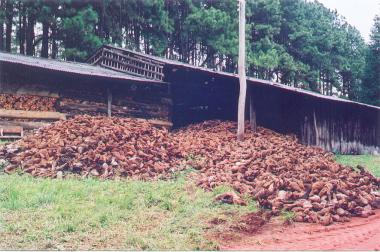 |
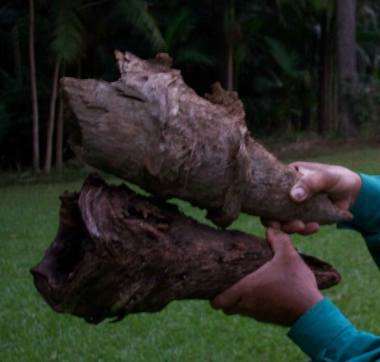 |
| Back-Index |
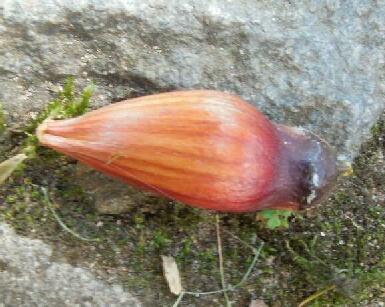 |
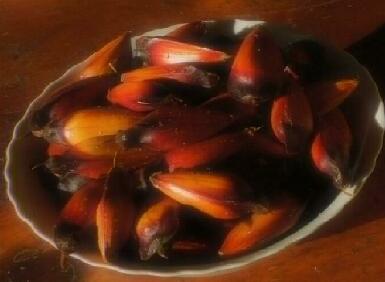 |
|
"Pinhão" (Araucaria - seed)
 An
Araucaria-seed-MEAL
Photo Angela Hering
|
To Cook, Boil 15
minutes
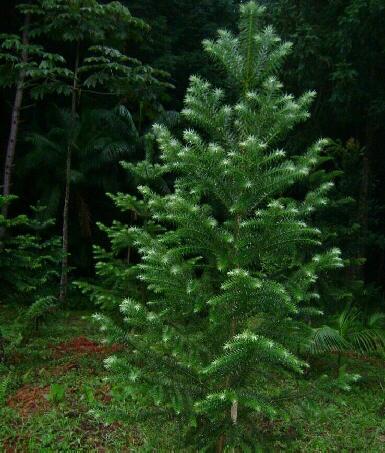 |
https://youtube.com/watch?v=Uy2G0tDTXcE&si=EnSIkaIECMiOmarE
BACK Adult Araucaria
This is a young tree, compared to the several hundred years old
Araucarias, which grew in Brazil as the continent was discovered
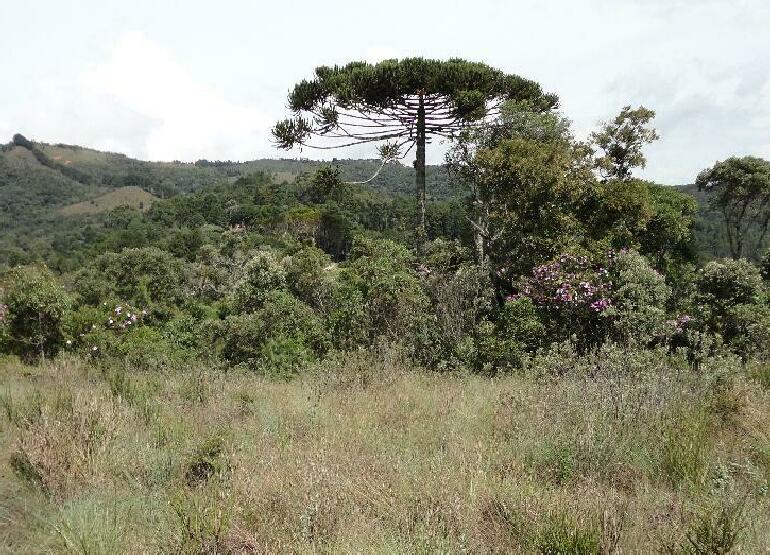
Araucaria-crown ( After 70 years )
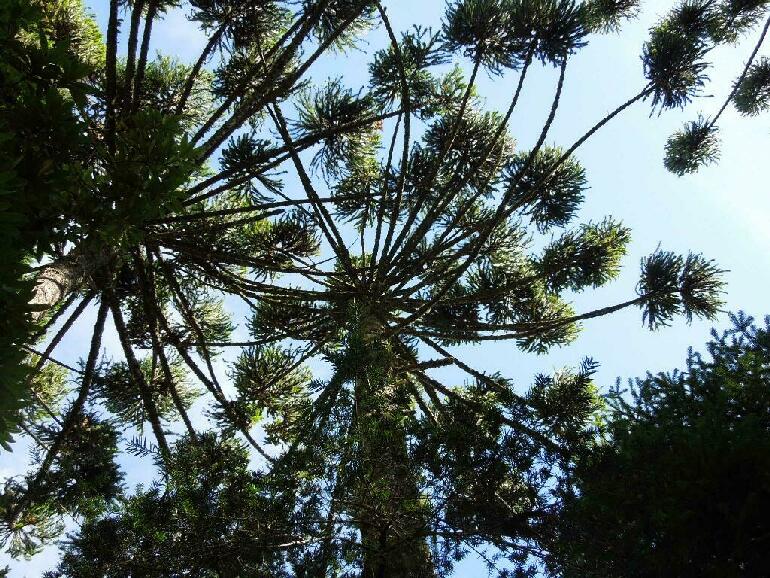
| Back-Index |

